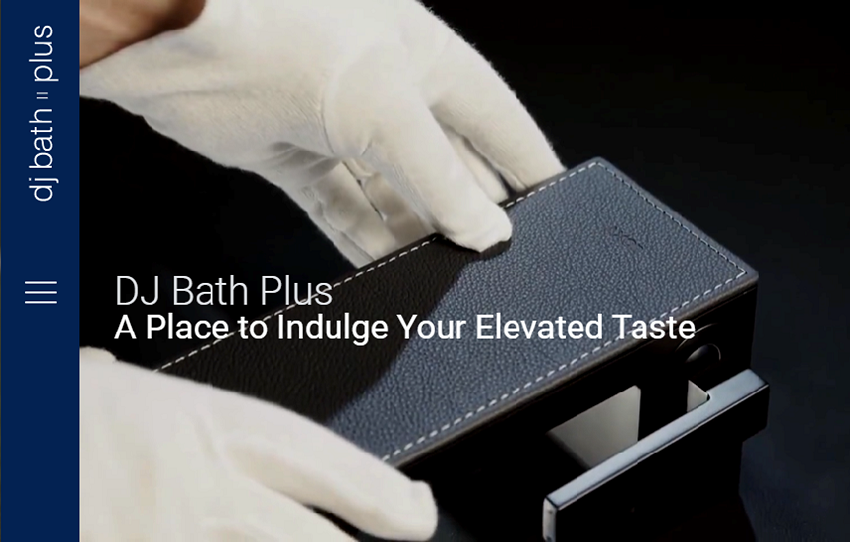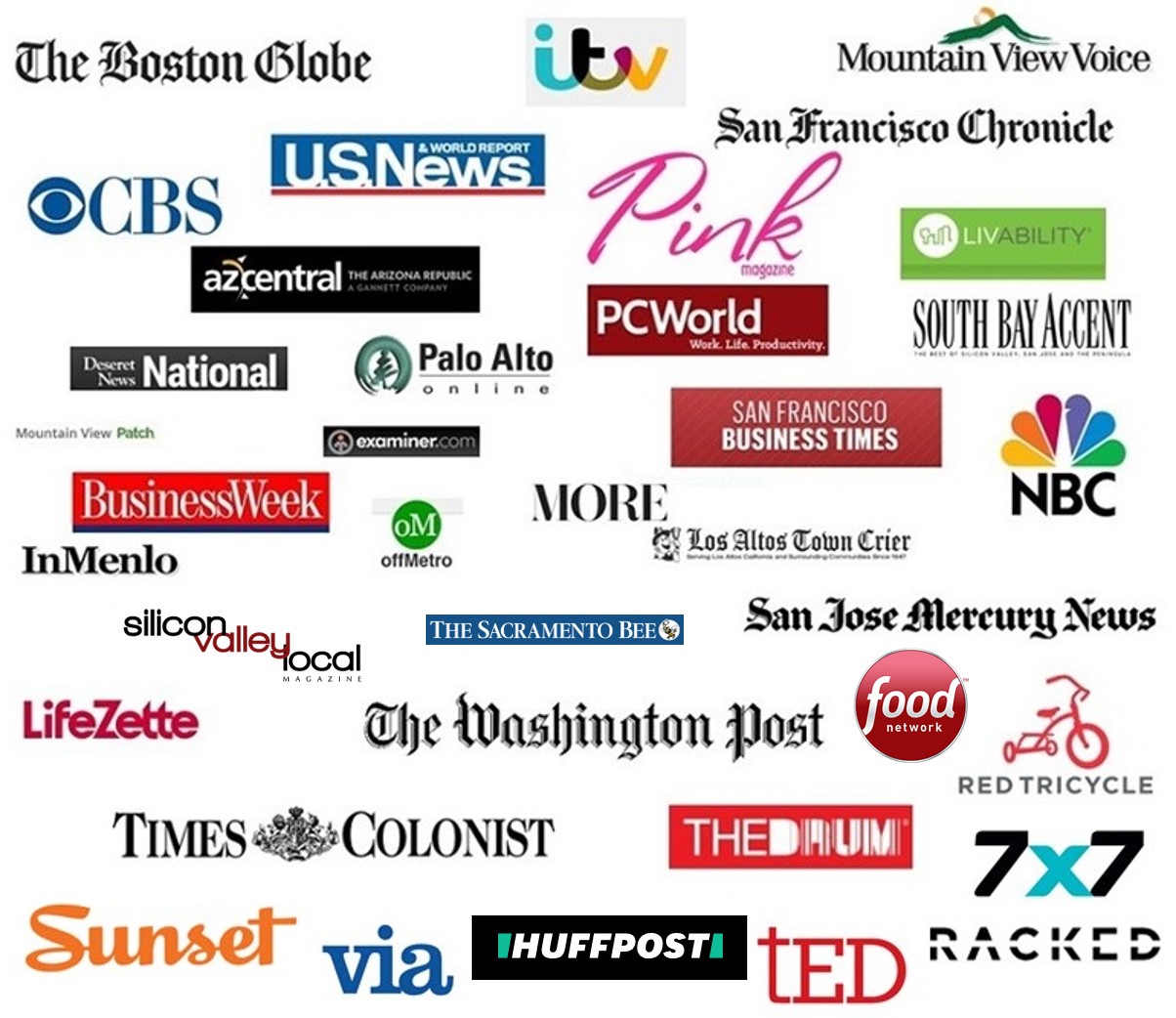Backgrounder
Print-friendly PDF
Company Overview
Headquartered in San Francisco, CA, Gonzberg Agency, LLC is a fully Integrated market communication
agency providing Advertising, PR and Web services for the Small-to-Medium Business (SMB) sector.
Originally a service of EduCel LLC, Gonzberg Agency was established as a standalone entity in 2014, and
is incorporated in California. The agency is led by two Senior Partners, Evan Berglund and Maria
Gonzalez — each with decades of experience at local, national and global levels — who have worked, and
collaborated, together for more than ten years. The Senior Partners oversee a local, as well as a multinational crew, that includes analytics experts, UI designers, full stack developers, hands-on campaign
managers, and creative talent.
The extensive experience of the leadership sets Gonzberg Agency apart from other small agencies; allowing
Gonzberg Agency to make sure clients are served by individual, dedicated teams, tailored to their specific
needs. This nimble and effective approach, not unlike an indie movie production, permits the agency to be
agile (by design) and provides access to plenty of solid talent, but without the costs and constraints
associated with legacy operations.
Vision & Mission
Gonzberg Agency is in the business of creating integrated market communication, that works cross-platform, and compels customer journeys.
To do so, the agency deploys the latest demographic, psychographic, and sociographic tools used to
define target audiences, and where they can be reached in the purchase process: Regardless of trends
or new tools, for an integrated approach to succeed, a solid grasp of specific target audience behavior
must be in place first. By focusing on the fundamentals, this allows Gonzberg Agency to craft the type of
powerful messages that works across all the touchpoints relevant to a client's specific target audience(s).
This adherence to best practices means that Gonzberg Agency frequently works with clients interested in
addressing the 70-90% (Forrester) of the customer journey — i.e., the "tricky, hard-to-do" part — not covered
by Point of Sales (POS) or Customer Relationship Management (CRM) systems: However, while a common
arrangement, it is not exclusively so, as many clients prefer one-stop-shopping for the whole customer
journey, which is also provided by the agency.
The agency's clients range from local businesses to national outfits running integrated campaigns cross-country.
Agency Set-Up & Approach
The agency was founded on the simple philosophy that powerful advertising is always an amalgam of
best practices and innovative ideas: Creative approaches alone don't do much for the bottom line, but
neither does a hard drive filled with data and strategy documents.
Since Gonzberg Agency was created from scratch, as a "holistic" agency — one not chained to legacy
practices — all implementations of integrated approaches keep in mind that consumers do not live in
channels; which makes "mapping the customer journey," and "assigning value to touchpoints," essential
tasks, regardless of industry category. In addition this target-oriented, as well as holistic, focus allows the
agency to maintain an objective market-oriented perspective, monitor properly, and slip into agile
performer mode when needed.
Each client receives market communication strategies and solutions customized for their unique business
and target audiences, and not the cookie-cutter "templates' so prevalent in the SMB market.
Talent & Capabilities
Because of the leadership's decades-long, and hands-on, experience in managing creative talent, both
in-house and remotely, the agency attracts and works with a talent pool it describes as "all professionals,
all seasoned, all experts in their own domain." Gonzberg Agency engages directly with this pool of talent
(wherever they hail from across the globe — Mumbai, London, San Francisco Bay Area et al.), in order to
on-board the right talent for each project/implementation and manage the process to completion.
This ability to attract and manage professionals from a variety of different disciplines allows clients to be
served by individual teams tailored to their specific needs, and where each task at hand is handled by
skillful and talented professionals (not unlike how movies and TV shows are produced).
From the client's point of view, the tailored team approach is a seamless process that ensures access to
the work product of talented professionals, without having to run the teams themselves. For smaller
clients it is also a unique opportunity to reap the benefits of talent that would otherwise be hard to
engage.
A partial list of capabilities in the Gonzberg Agency lineup includes: Strategy Development, Paid Media
(mostly advertising), Owned Media (websites, social media and more), Earned Media (PR, word of mouth,
and third party mentions), GeezerAdvice®, Legacy Media, Online Ad Management, POS/CRM Support,
Branding, Omnichannel, Responsive/Adaptive Website Development.
























